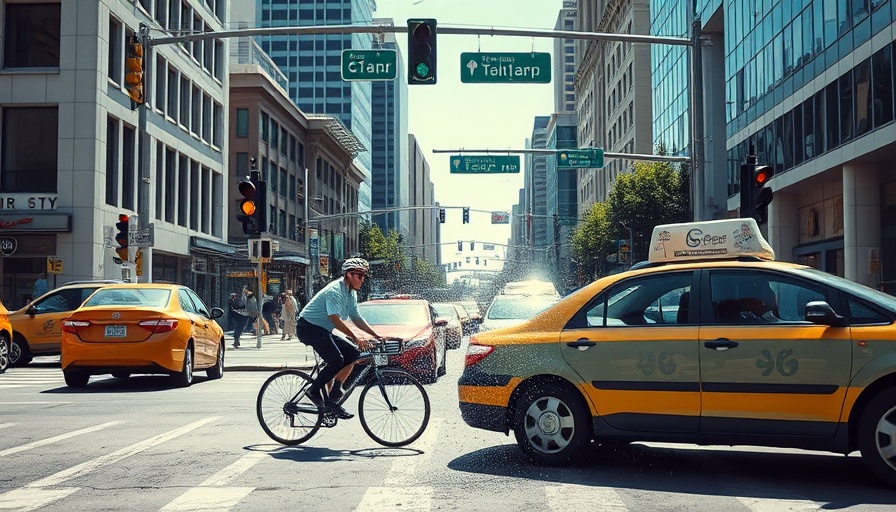
A Game-Changing Update to New York City’s Subway Map
After a 45-year wait, the MTA has unveiled its first major subway map overhaul, drastically transforming how New Yorkers navigate the city’s vast transit system. This new map, presented on April 2 by MTA chairman and CEO Janno Lieber and NYC Transit president Demetrius Crichlow, employs diagrammatic techniques that enhance readability for all subway riders, especially those with low vision or cognitive challenges.
Enhanced Clarity and Accessibility for Riders
The redesigned map discards the cluttered layouts of decades past in favor of clearer, bolder lines that distinctly represent each train route. The previous system, which merged express and local lines into fewer color strips, has now expanded from five to 17 strips across midtown Manhattan to reflect each line separately. Not only does this facilitate easier navigation for riders, but it underscores the MTA’s commitment to accessible transit options.
A Nod to the Past, A Step Towards the Future
While it embraces modern design, this new map honors historical roots, drawing inspiration from Italian designer Massimo Vignelli’s work in the 1970s. The MTA is keen on maintaining a connection with the city’s transit history while adapting to contemporary needs, striking a balance between nostalgia and progress.
Future Implications for Transit Users
The subway map overhaul not only serves immediate logistical needs but hints at broader changes in public transportation. The shift towards digital displays showing live delay and arrival information enhances the commuting experience and allows the MTA to address timely updates efficiently. With 22,000 paper maps set for distribution across subway cars and stations, this redesign signifies a reimagining of how we interact with public transportation in New York.
Why This Matters to New Yorkers
For New Yorkers, especially those in professions relying on punctuality such as lawyers and medical professionals, an efficient subway system can make a significant difference in daily productivity. Understanding and navigating this complex transit network just became a little easier.
As the MTA embarks on this new chapter, it invites users to experience the enriched functionality of the subway map. Those interested in exploring New York’s transit evolution should take advantage of this much-needed update.
 Add Row
Add Row  Add Element
Add Element 



Write A Comment